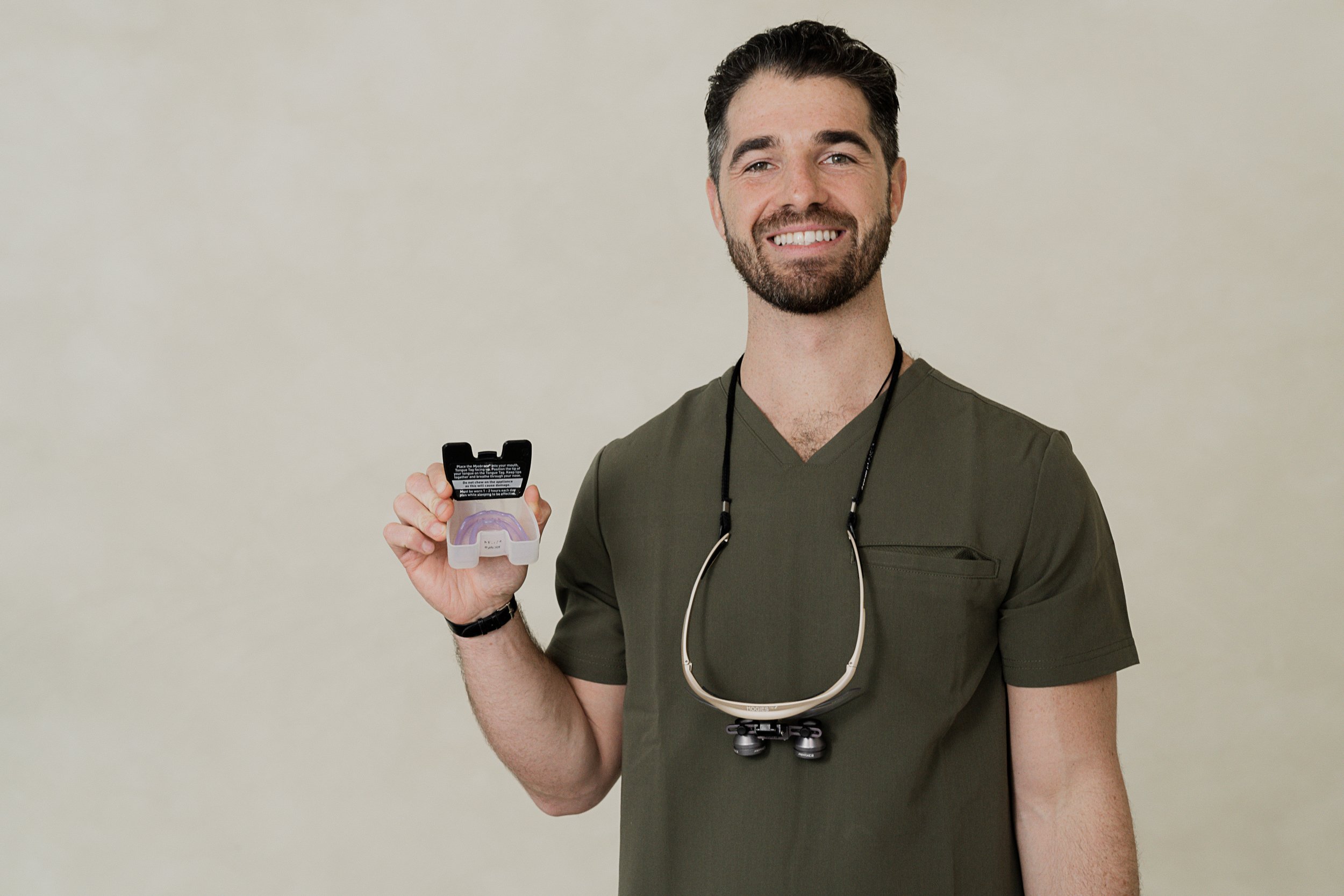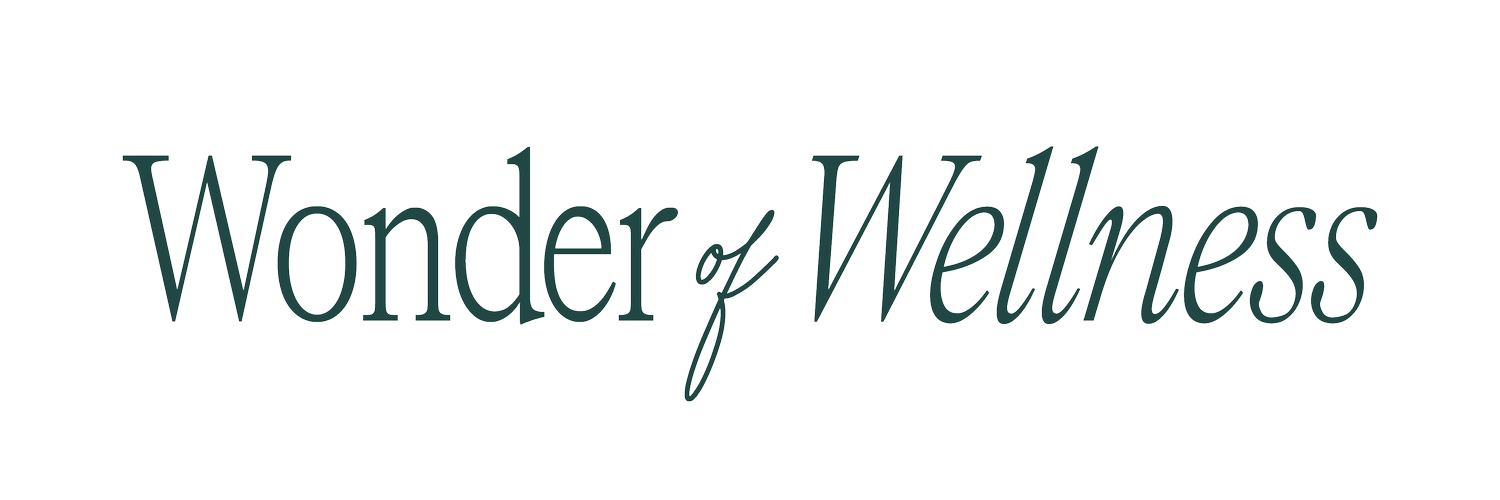
Myofunctional Therapy & Orthopaedic Orthodontics
What causes overcrowding and how does myofunctional therapy & orthopaedic orthodontics overcome it?
At our practice, we offer a holistic, highly sophisticated orthodontic solution for our patients. Dr Seb can identify imbalances in the development of the jaw and dental arches from as early as three years old. Early identification of these problems allows us to use some of the most advanced, orthodontic, and orthopaedic appliances to stimulate growth in the developing child’s jaw and dental arches. These appliances, together with a personalised treatment plan, correct problems that often lead to tooth impactions and overcrowding in the teenage mouth, as well as poorly aligned jaws - problems that are very difficult to correct once the patient reaches puberty. In 98% of even the most extreme cases, no adult teeth ever need to be extracted.
Causes of Overcrowding
When we study the childhood development of the jaws and facial bone structure, we find that it has a profound effect on the adult appearance of the face and jaw. Modern biology tells us that the size of our lower jaw is genetically determined. However, the upper jaw grows and develops under the direct influence of muscle and air pressure. Every time we swallow or breathe, pressure is placed on the bone of the upper jaw. The jaw then grows in the direction in which these pressures are exerted. When we swallow correctly, our tongue presses against the palate, flattening it out to help develop our jaw width – the wider our upper jaw, the fuller our lips and cheekbones appear in adulthood. When we breathe through our nose, the difference in air pressure between the nose and mouth also helps to shape the upper jaw. These factors have a significant impact as we develop, particularly during the growth spurt years. For our jaws to develop correctly, we need to swallow properly and breathe through our noses.
Infant Weaning Practices Relation to Impacted teeth
Incorrect feeding techniques, bottle-feeding, dummies/pacifiers, thumb sucking, and incorrect breathing habits all disturb the natural balanced development and growth of our jaws. The result of these factors in all instances is a narrowed and underdeveloped upper jaw, leaving little room for our teeth to erupt. We then find that the teeth become crowded, misaligned, and sometimes impacted. It also impedes the position of the lower jaw, forcing it backwards, sideways or both, causing the teeth to settle into an unnatural and irregular bite – very often an overbite or underbite develops. This is completely preventable if treatment starts at an early age.
The narrow upper jaw and the lower jaw trapped in a backwards position have a dramatic effect on the appearance of our face, as well as the health of the joint of our lower jaw. The face appears narrow and long, and the chin looks small and set back. It gives the appearance of the front teeth protruding, when in fact it often is an illusion created by the lower jaw angled too far back. Headaches, clicking jaws, tooth grinding and breathing issues like snoring often arise due to poor childhood development.
Treatments for Overcrowding
Traditionally, overcrowding in the mouth has been treated by extracting multiple healthy teeth to make more room, especially for impacted teeth, and in extreme cases, surgery is used. Pulling teeth out narrows our smile even further and can cause dips in chins and cheeks with age. Our teeth provide fundamental support to our jawbone and soft tissues and the removal of teeth causes bone loss. However, advances in technology and techniques have now made it possible to gently stimulate and alter the shape and size of the jawbones, to allow significant widening so teeth can erupt naturally. These new techniques make it possible to treat patients without the trauma of extracting healthy teeth and restoring the jaws and face to a more aesthetically pleasing appearance.
Myofunctional Therapy (Myobrace)
What is Myobrace?
The Myobrace System is a preventive pre-orthodontic treatment focused on addressing the underlying causes of misaligned teeth, often without the need for braces or extraction of teeth, unlocking natural growth and development. The goal of Myobrace is to obtain natural development of the jaws and teeth. Treatment is most suitable for children aged 5 to 14 and involves using a series of removable intra-oral appliances that are worn for 1-2 hours each day and overnight while sleeping.
What the Myobrace programme does:
• Corrects poor oral habits
• Develops & aligns the jaws
• Straightens the teeth
• Optimises facial development
• Improves overall health
• Promotes healthy eating habits
How Does Myobrace do this?
By helping your child:
• Breathe through their nose
• Correct tongue their resting position
• Swallow correctly
• Keep their lips together
Sometimes mechanical intervention is needed to help support the maximum genetic potential depending on the compliance of your child and ability to complete the program, sometimes its simply because we started too late…
Expansion Orthodontics
A palatal expander is a device in the field of orthodontics used to gradually widen the upper jaw so that the bottom and upper teeth fit together better. Whilst the use of an expander is most common in children and adolescents, it can also be used in adults.
A major benefit of receiving orthodontic treatment in childhood is that you can work with the child’s natural growth process to treat or even prevent malocclusions (bad bites). It can also shorten the amount of time a child will need to wear braces.
Situations where expanding the upper jaw can help:
• Crossbite — When a child's upper jaw is too narrow to fit correctly with the lower jaw, the back top teeth will bite inside the lower teeth instead of outside. This can be corrected by expanding the upper jaw.
• Crowding — Widening the upper jaw creates the space needed to prevent overcrowding, without the need for extractions.
• Impacted Teeth — Widening the upper jaw gives impacted teeth room to come into their proper positions. This most often happens with canine or wisdom teeth.
• Improves Breathing - Expanding the upper jaw also improves breathing by opening the nasal and sinus passageways.
How Expanders Work
The expander is custom-made for each individual and fits over several top teeth in the back of the mouth. The appliance has two/three parts that are connected in the middle and front with a screw. To activate the device, you simply turn the screw a small amount each day or week or month depending on how old you are with a special key. This induces tension at the junction of the two palatal bones, causing them to gradually move apart. Once the desired expansion is achieved, we will leave the appliance in for a few more months to allow new bone to form in the gap and stabilise the expansion.
